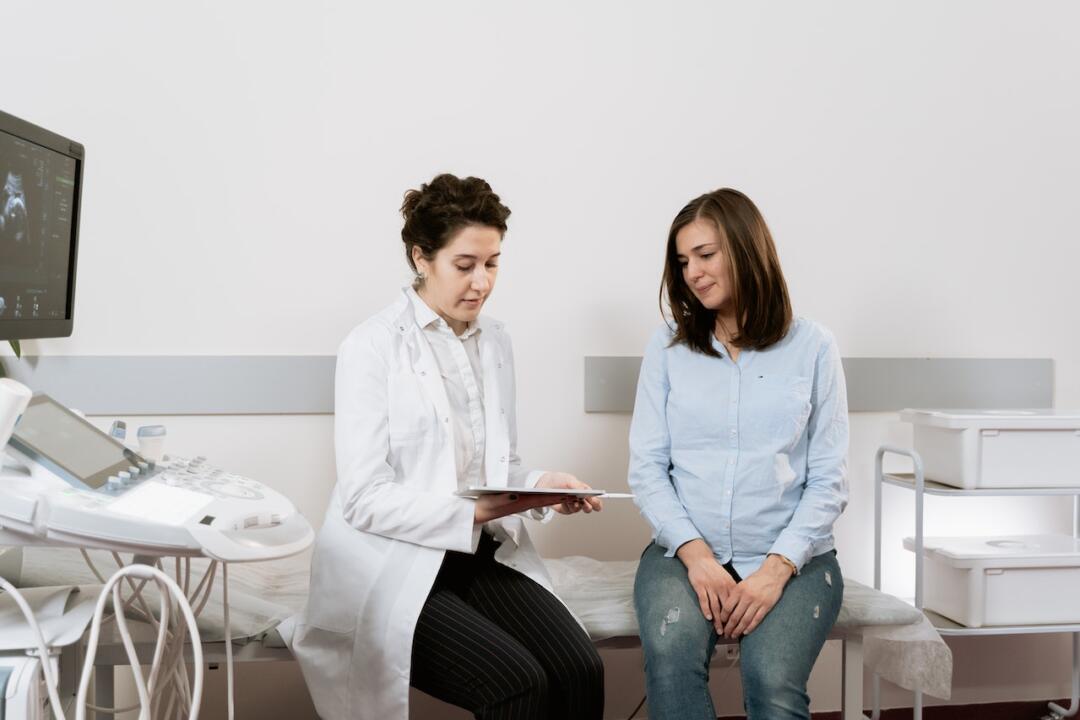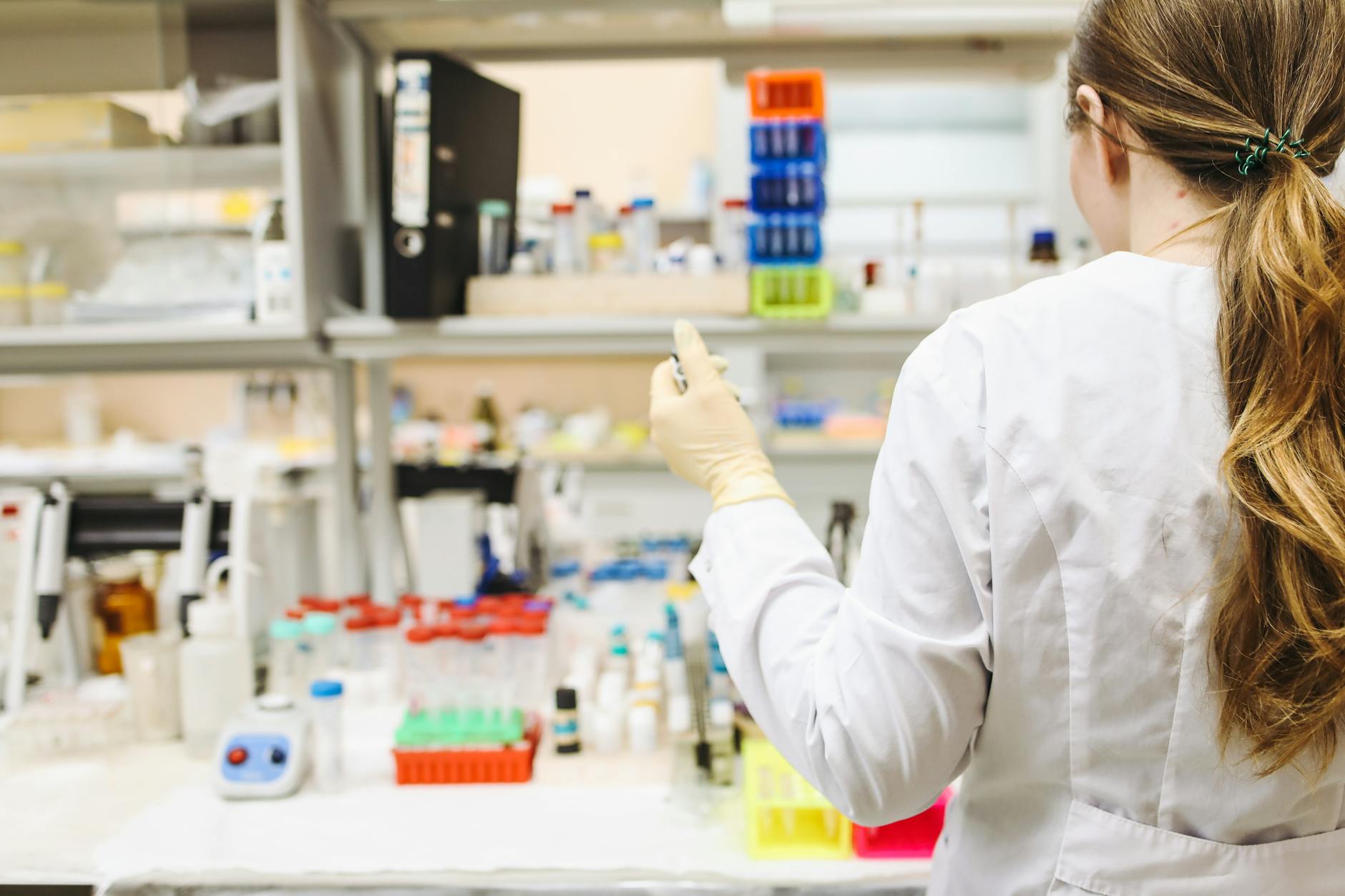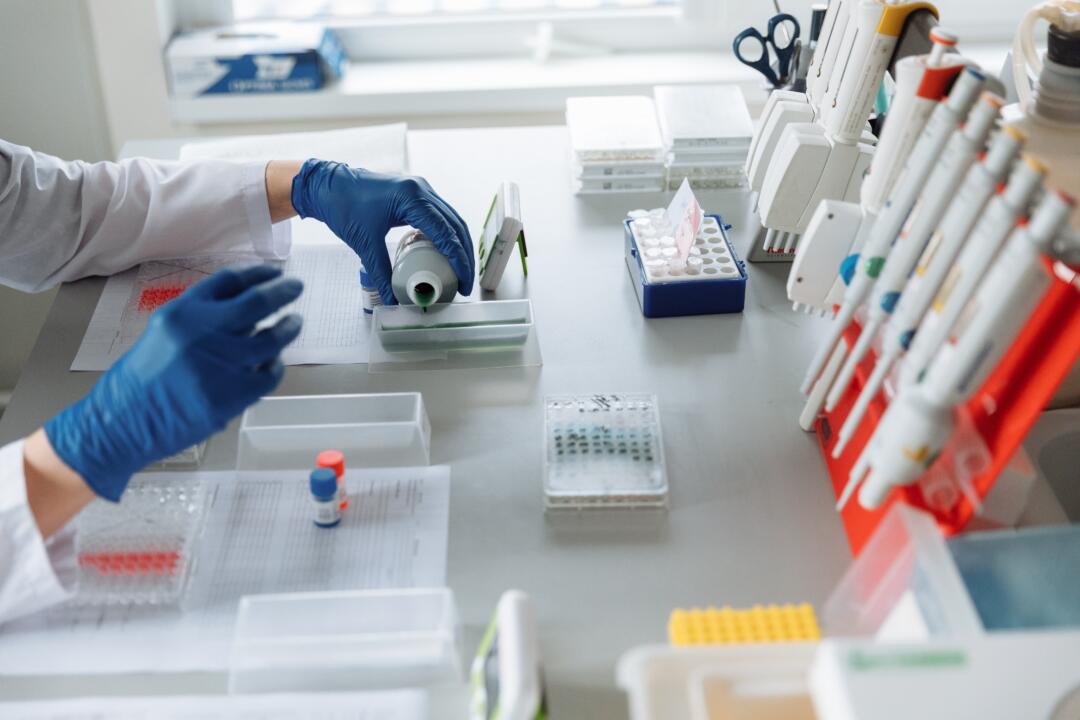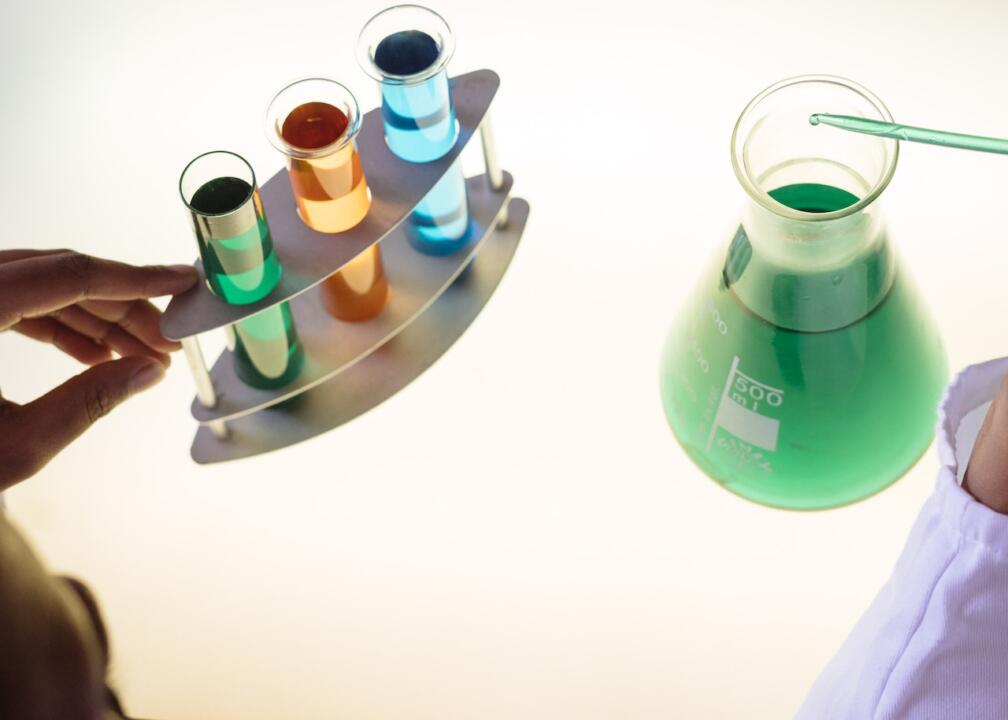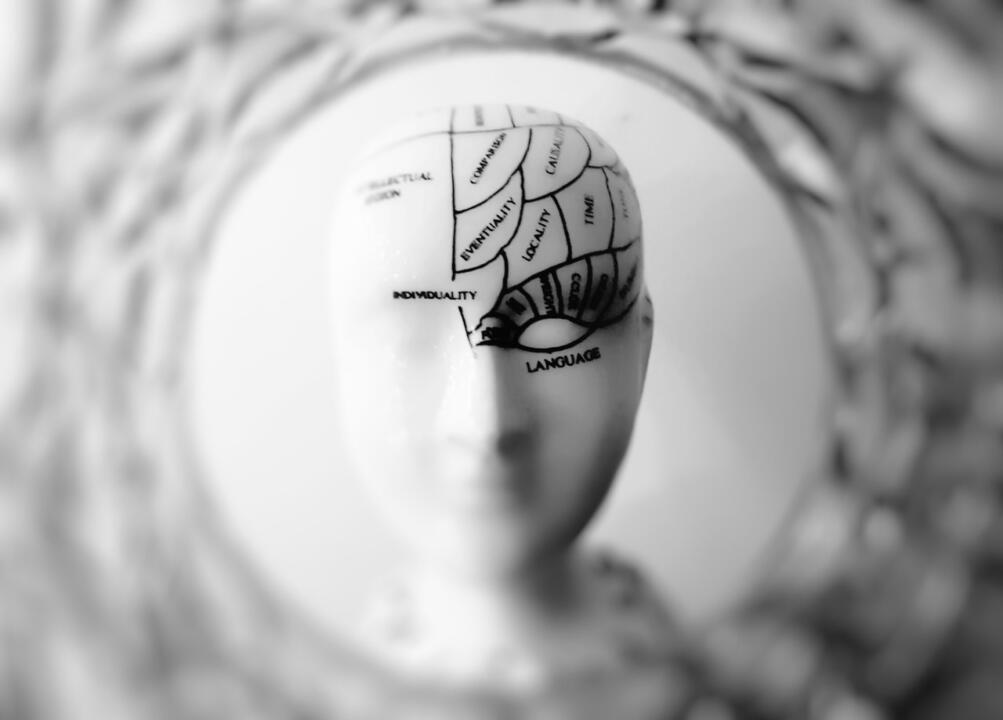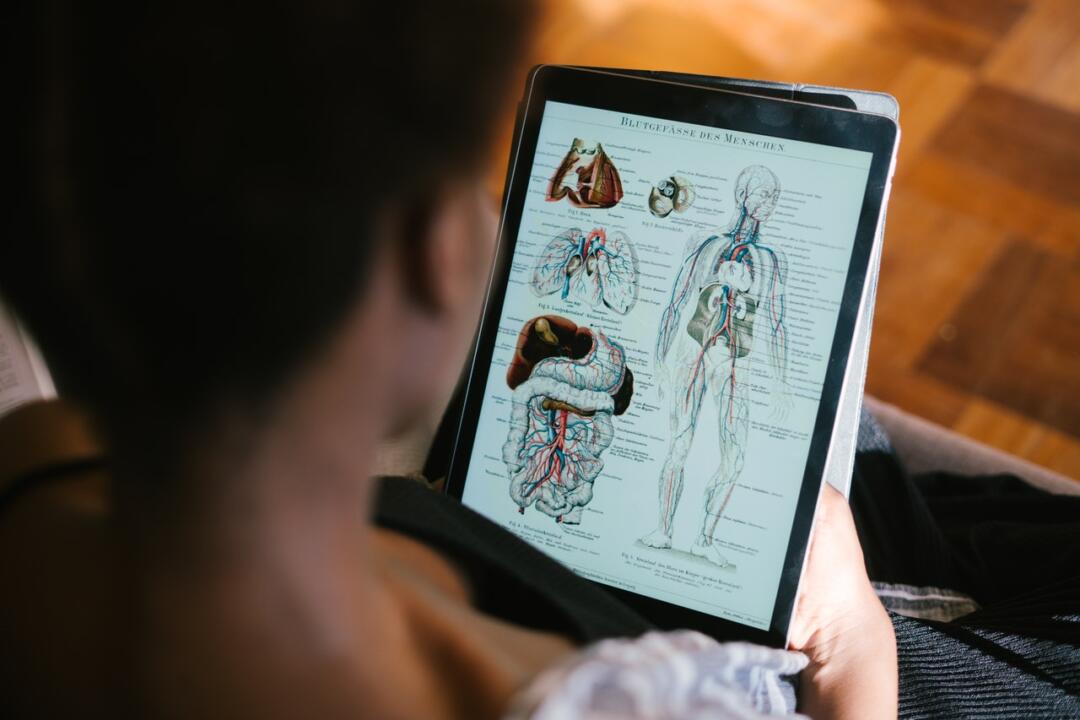Your cart is currently empty!
Subject Wise Curriculum

Aspiring doctors embark on a transformative journey through medical education, a path laden with knowledge, practical skills, and hands-on experience. One of the cornerstone principles in shaping these future healthcare professionals is the subject-wise curriculum approach. This approach not only imparts a systematic understanding of medical sciences but also prepares students for the diverse challenges of the medical field. Let’s delve into how this curriculum unfolds over the years and readies students for their medical careers.
Year 1 Building the Foundation
In the inaugural year, medical students are introduced to the foundational subjects that set the stage for their entire medical journey. Subjects like anatomy, physiology, and biochemistry lay the groundwork for understanding the intricate workings of the human body. Anatomy helps students explore the body’s structure, physiology unravels its functions, and biochemistry reveals the chemical processes that sustain life. This knowledge forms the bedrock upon which all subsequent medical knowledge is built.
Year 2: Expanding Horizons
As students progress, they enter the second year, where their horizons expand to encompass subjects like microbiology, pathology, pharmacology, and behavioral sciences. Microbiology delves into the world of tiny organisms, while pathology studies diseases’ mechanisms. Pharmacology equips students with knowledge about drugs and their effects. Meanwhile, behavioral sciences impart valuable insights into patient psychology and communication – a critical aspect of healthcare.
Years 3 and 4: Bridging Theory and Practice
Years 3 and 4 mark a significant shift as students transition to clinical medicine. This phase involves rotations through various clinical departments like internal medicine, surgery, obstetrics and gynecology, pediatrics, and more. This is where theory meets practice, and students get hands-on experience diagnosing, treating, and interacting with patients. Clinical exposure builds vital skills like patient communication, teamwork, and decision-making under pressure.
Application in Clinical Settings
During clinical rotations, students work closely with experienced physicians, honing their skills in real-world scenarios. They witness surgeries, assist in patient care, and engage in diagnostics. This immersive experience fosters a holistic understanding of patient care and the challenges that come with it. By rotating through different specialties, students can identify their areas of interest and aptitude.
Preparation for Medical Practice
The subject-wise curriculum equips students not only with medical knowledge but also with essential skills such as critical thinking, problem-solving, and effective communication. As students advance through their clinical years, they synthesize their foundational knowledge with practical experiences, refining their clinical judgment and decision-making abilities. This preparation is essential for the ultimate transition from student to medical practitioner.
Conclusion: A Comprehensive Journey
The subject-wise curriculum is a carefully designed educational approach that molds medical students into well-rounded healthcare professionals. From understanding the body’s intricacies to diagnosing illnesses and providing patient care, this curriculum bridges the gap between theory and practice. As these future doctors progress through each stage, they become equipped with the skills and knowledge necessary to navigate the complexities of the medical field with confidence and compassion.
Discover more from mymedschool.org
Subscribe to get the latest posts sent to your email.








